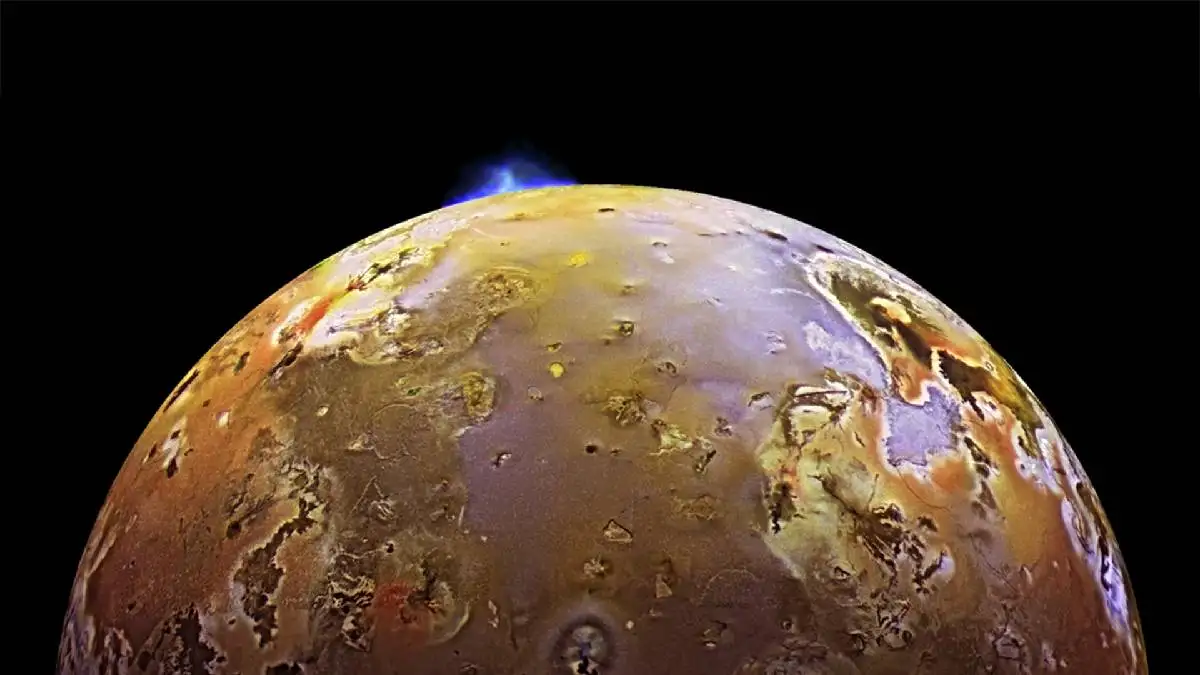
NASA’s Juno mission has made an exciting discovery about Io, one of Jupiter’s moons known for its incredible volcanic activity. Researchers have found that Io’s volcanoes are not connected to a huge underground sea of molten rock, as previously thought. Instead, each volcano is fed by its own smaller reservoir of magma. This breakthrough helps clear up a mystery that has puzzled scientists for many years.
Io is a fascinating place; it’s the most volcanic body in our solar system. With around 400 active volcanoes, it regularly spews out lava and gas. Although it was discovered in 1610 by the famous astronomer Galileo Galilei, it wasn’t until 1979 that scientists confirmed its volcanoes were indeed active. This confirmation came from data gathered by the Voyager 1 spacecraft, which captured images of volcanic eruptions on Io.
In 2023 and 2024, Juno spacecraft flew close to Io and collected important information about the moon’s gravitational field. This data revealed that, contrary to earlier beliefs, Io does not have a global ocean of magma underneath its surface. Instead, the volcanoes draw from localized pockets of molten rock.
One reason Io is so volcanically active is due to its unusual orbit around Jupiter, which causes it to be constantly stretched and squeezed by the giant planet’s gravity. This tugging generates a lot of heat inside Io. Scientists found that if there was a large magma ocean, the moon would have shown more noticeable signs of deformation than what Juno observed.
Ryan Park, the lead scientist on this research, emphasized how these findings could change our understanding of other icy moons like Enceladus and Europa, and how we think planets and moons form and evolve over time.
Juno continues to explore Jupiter and its moons, having recently completed its 66th flyby of the planet in November 2023. The next close observation of Jupiter is scheduled for December 27. This mission, run by NASA’s Jet Propulsion Laboratory, is providing vital insights into the mysteries of the Jupiter system.
ALSO READ: ISRO successfully tests CE20 cryogenic engine for inflight re-ignition capabilities





